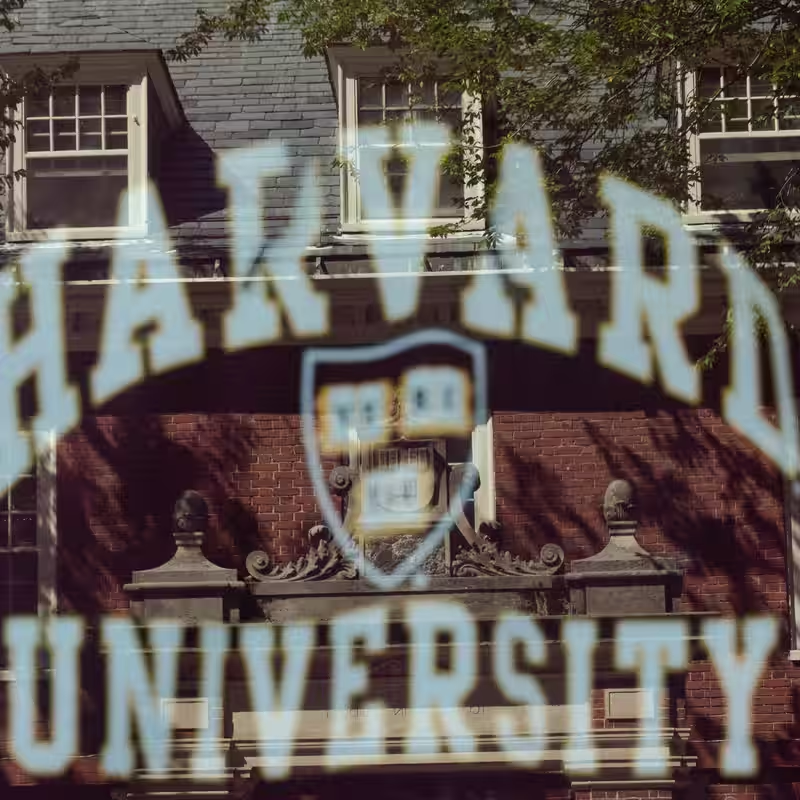Harvard University has reported a significant shift in its undergraduate demographics: a notable increase in Asian American students and a sharp decline in Black student enrollment. The change, revealed in newly released admissions data for the Class of 2029, reflects a broader trend across elite U.S. colleges following the Supreme Court’s 2023 ban on race-conscious affirmative action .
According to internal figures, Asian students now make up 29% of Harvard’s incoming class—up from 24% in 2023—while Black enrollment has fallen to 12%, down from 15% just two years ago. Latino representation has also dipped slightly, from 13% to 11%.
What’s Behind Harvard’s Shifting Demographics?
The shift comes as no surprise to higher education analysts, who have long predicted that ending affirmative action would disproportionately affect underrepresented minority groups—particularly Black and Latino applicants—while benefiting Asian American and white students who often arrive with higher standardized test scores and GPA averages.
“Without the ability to consider race as one factor among many, institutions are defaulting to more quantifiable metrics,” said Dr. Lena Torres, a sociologist at Columbia University who studies college access. “And that inevitably reshapes the racial composition of elite campuses.”
Affirmative Action’s End and Its Ripple Effects
The Supreme Court’s landmark decision in Students for Fair Admissions v. Harvard effectively outlawed the use of race in college admissions nationwide. Since then, schools like Yale, Princeton, and MIT have reported similar enrollment trends—rising Asian representation and declining Black and Latino numbers.
Harvard maintains that it remains committed to diversity through “race-neutral” strategies, such as expanding outreach to under-resourced high schools, increasing financial aid, and prioritizing first-generation college applicants.
Trump Administration Signals Scrutiny
Adding another layer of complexity, the Trump administration has recently signaled it will closely monitor elite universities’ admissions practices. Officials say they want to ensure schools aren’t covertly using racial preferences under new guises—such as essays about identity or community background.
“We will not allow institutions to circumvent the law,” said a senior Department of Education spokesperson. “Equal treatment means just that—equal.”
Harvard’s Enrollment Shift: By the Numbers
| Racial/Ethnic Group | Class of 2027 (%) | Class of 2029 (%) | Change |
|---|---|---|---|
| Asian | 24% | 29% | +5% |
| Black | 15% | 12% | –3% |
| Latino | 13% | 11% | –2% |
| White | 38% | 40% | +2% |
| Other/Unknown | 10% | 8% | –2% |
Student and Alumni Reactions
The data has sparked intense debate on campus. The Black Students Association released a statement expressing “deep concern” over the decline, calling it “a direct consequence of policy decisions that ignore structural inequity.”
Meanwhile, some Asian American student groups welcomed the increase but cautioned against framing their success as coming “at the expense of others.”
“We’ve long fought against the ‘model minority’ myth,” said Jason Lim, president of Harvard’s Asian American Association. “Our gains shouldn’t be weaponized in a false racial zero-sum game.”
What’s Next for Elite College Admissions?
As legal and political pressure mounts, universities are experimenting with new approaches—geographic diversity, socioeconomic status weighting, and legacy preference reforms. But early evidence suggests these measures alone may not restore previous levels of racial diversity.
For now, Harvard’s latest numbers serve as a stark indicator of a new era in American higher education—one where race is officially invisible, but its absence is loudly felt.
Sources
The New York Times: Harvard Records an Increase in Asian Students and a Drop in Black Students




